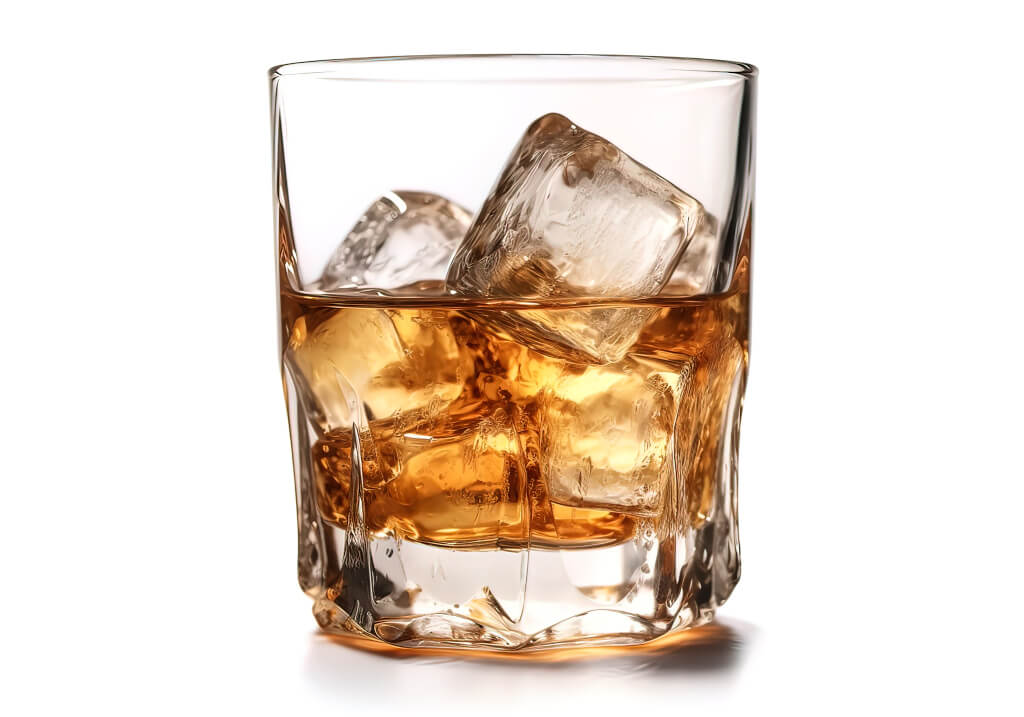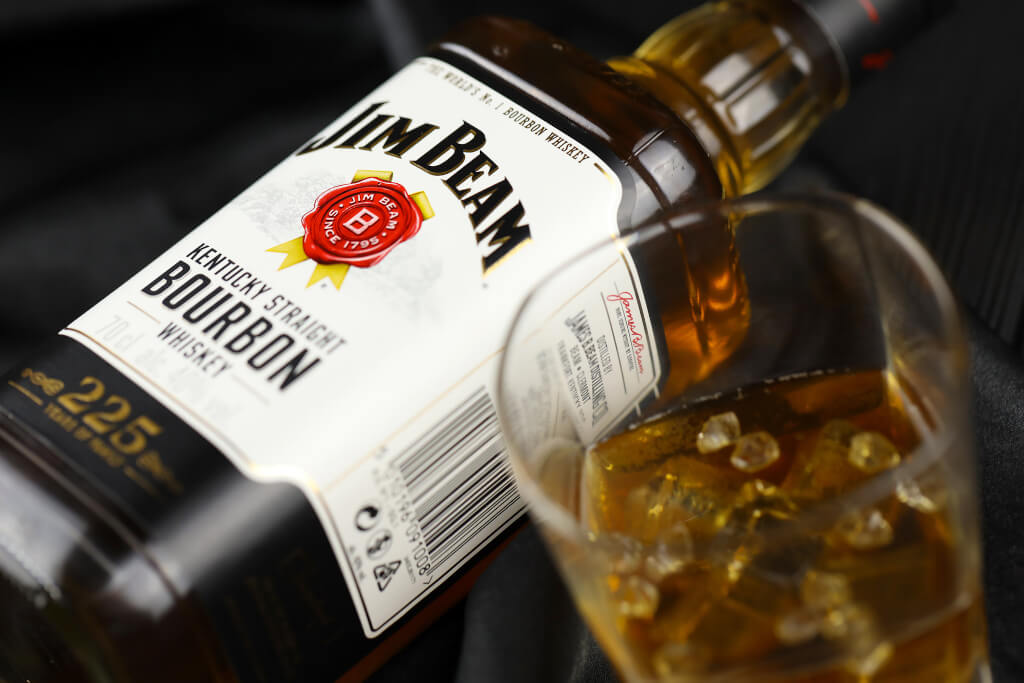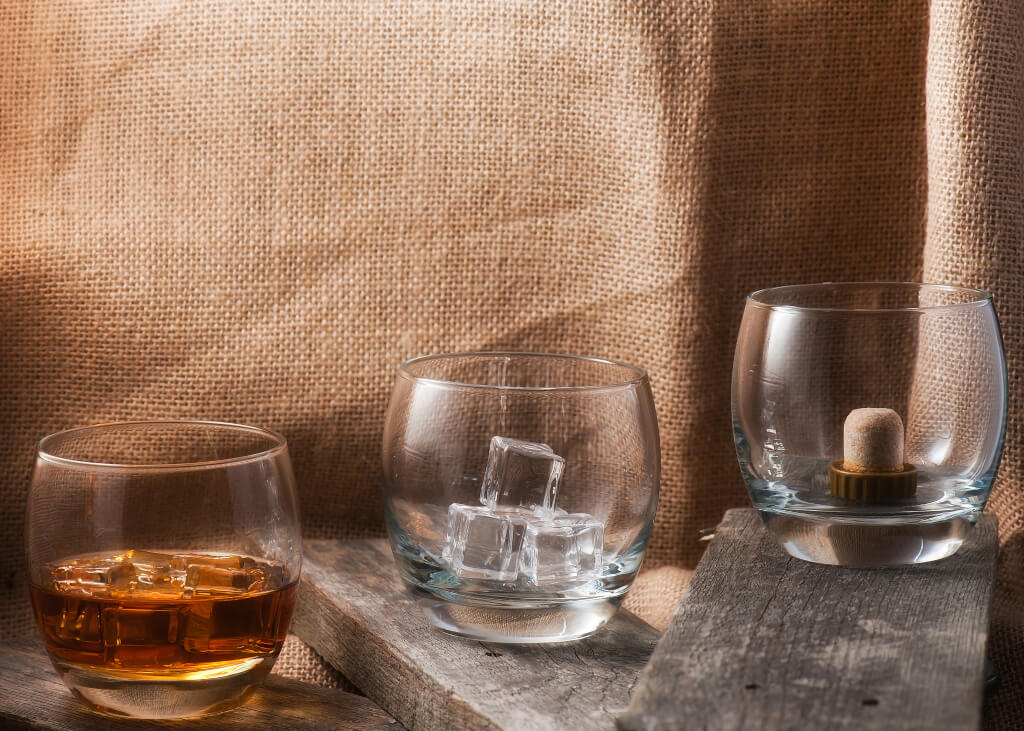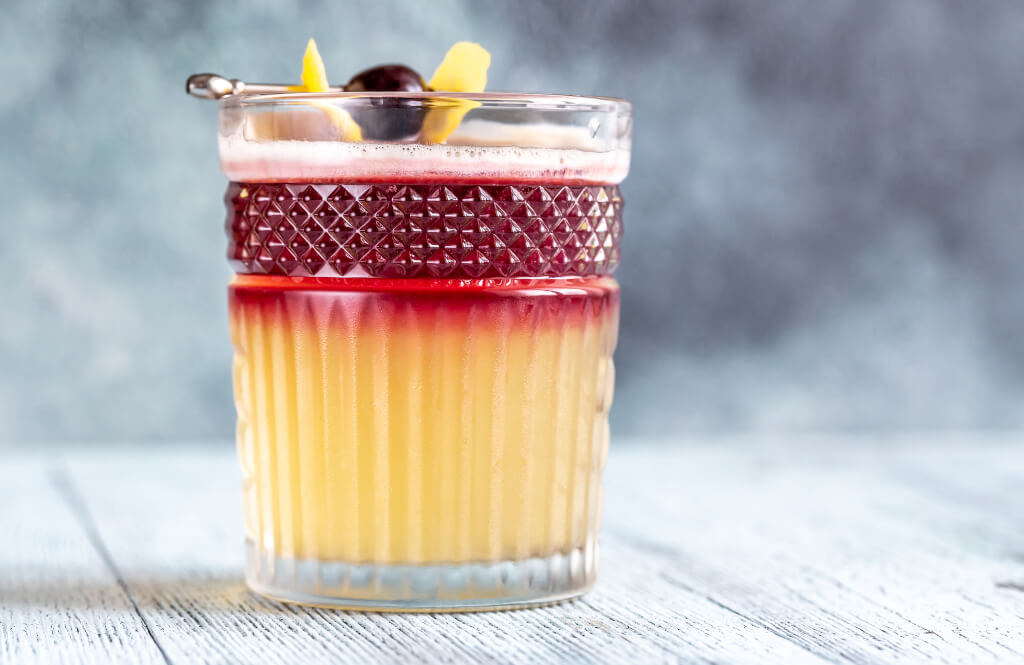Scotch whiskey is one of the most popular alcoholic beverages in the world, and its rich history deserves to be discovered. Who doesn’t like a nice yarn while they sip their whiskey? The history of Scotch whiskey is just as complex and fascinating as the amber liquor itself, revealing centuries of customs, ingenious new techniques, and heated political conflicts. Learning about the origins of this Scottish treasure allows us to get a richer understanding of and respect for the whiskey-making process. You’re consuming a piece of history with every drink, and we’re here to help you make sense of it. Our time machine is now prepared for takeoff, so please buckle up.
The Whiskey Story
Quick Question: When and Where Did Whiskey First Get Produced?
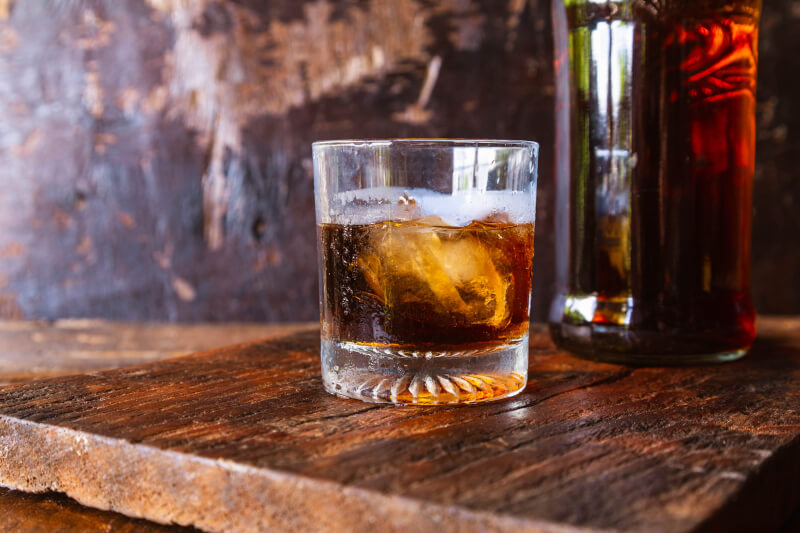
The correct answer won’t earn you a bottle of single malt, but it will make you look wiser at your next party. whiskey is named after the Gaelic word for “water of life,” uisge beatha. Distillation is a procedure whose exact beginnings are lost to the mists of time, although it is generally agreed that it was brought to Europe by itinerant monks somewhere in the eighth century. Our best guess is that it originated in the Mediterranean and then spread to the British Isles.
But wait a minute, Scotland! whiskey wasn’t first made in this stunning country, despite widespread perception to the contrary. Skilled monks who were on the move while praying, fasting, and maybe even distilling carried the process to Scotland. Remember these spiritual forebears who paved the way for the whiskey revolution in Scotland the next time you raise a glass. Is there interest to delve further into the history of Scotch whiskey? Stay tuned for some more fascinating trivia!
Early Scotch Whiskey Production
Okay, everyone, let’s fast-forward to Scotland, where distillation developed its unique style. Let us visit the monasteries of the early 15th century, where our monk colleagues were busy manufacturing potions for their medicinal use rather than for human consumption. whiskey was first used as a home medicine by your grandma, right? People didn’t realise how useful it was until much later when they started using it to illuminate events.
The monks who lived in the monasteries were the keepers of the distillation art. However, many monasteries disappeared as the Protestant Reformation spread across Scotland in the 16th century. However, distillation as a technique survived. Instead, it settled down with the commoners who poured the whiskey, much to our present-day pleasure.
The Change from Experimental to Mass Production
The dramatic picture shifts forward in time to the late 18th century when commercial whiskey manufacturing was just getting started. Why be so dramatic, you may well wonder. First, it’s important to understand the context: the government’s attempts to collect taxes on whiskey sparked a dangerous game of cat and mouse with underground distillers. Fascinating fact: Scotland had roughly 400 authorised distilleries and 14,000 illegal ones during this time! It wasn’t precisely a secret, but whiskey was being smuggled in undercover.
But things changed drastically with the excise act of 1823. It reduced taxes, making it possible for underground distilleries to enter the legitimate market. This game-changing action gave rise to industrial whiskey manufacturing, permanently altering the industry’s landscape. This setback for our daredevils was a triumph for whiskey aficionados, as it led to the development of a wide variety of Scotch Whiskies. Let’s raise a glass to taxes, the only time you’ll ever see it done! Keep reading for more enticing accounts of Scotch whiskey’s storied past!
The Implications of the Development of Continuous Stills
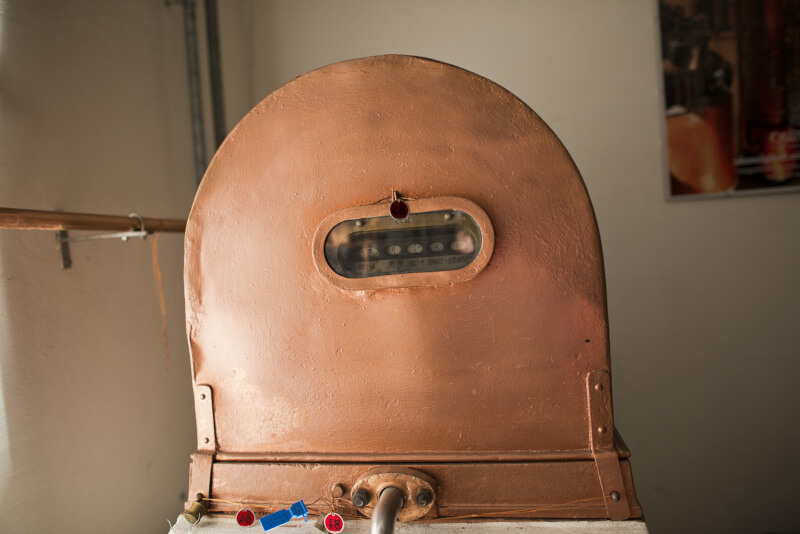
An interesting digression in the history of whiskey is the development of the continuous still. In 1830, an Irishman named Aeneas Coffey set his engineering mind to work, and the result was something like to a steam engine meeting a whiskey still. In what way? The Coffey Still, or continuous still as it is more commonly known, revolutionised the whiskey industry.
The requirement for separate batch distillations was done away with thanks to this remarkable device. Simply put, it was the equivalent of going from a hand-operated water pump to a self-serve liquor machine. This not only increased output but also resulted in a more delicate and unadulterated spirit. And at that point, dear readers, a new star was born in the whiskey industry: blended whiskey. Grain whiskey, which had previously been overlooked, was thrust into the limelight and now forms an integral part of the sophisticated Scotch blends we enjoy.
Legislative and Regulatory Factors
Stay awake; we’re about to discuss the law. I assure you it’s far more interesting than it first appears, especially considering how it affects the contents of your Scotch. The Spirits Act of 1823 was a landmark piece of legislation. This not only transformed illegal distillers into legal ones but also laid the groundwork for the future of Scotch whiskey production and distribution.
Now in the year 2009, we have something called the Scotch whiskey Regulations. Friends, this regulation protects the purity of Scotch whiskey. It specifies, down to the last detail (note, Scotch ‘whiskey’ not ‘whiskey’), what can and cannot be called Scotch whiskey, including the ingredients, distillation procedure, aging, and even the spelling.
The Scotch Whiskey Association is an important gatekeeper that makes sure these rules are strictly enforced. You may be drinking something that is about as Scottish as a bowl of spaghetti if it weren’t for them.
An In-Depth Exploration of Scotch Whiskey
And there you have it, folks: a whistle-stop tour of the exciting past of Scotch whiskey, complete with monks, queens, brave stags, and yes, even a bit of smuggling. We have come a long way from the primitive stills used in charming Scottish monasteries to today’s state-of-the-art, high-tech distilleries. Commercial output increased, the continuous still revolutionised the industry, and blended whiskey was born.
We’ve met some renowned distilleries along the way, and their stories are as deep and intricate as the drinks they make. And we’ve learned that Scotch whiskey is both fiercely traditional and open to new ideas.
The Final Drop
But don’t worry dear readers; the adventure isn’t over yet! If you’re interested in Scotch whiskey, I strongly urge you to learn more about it. There’s a Scotch out there for everyone, whether they prefer the sweet, fruity flavours of Speyside or the balanced smoothness of a Highland malt to the smokey, peaty drams of Islay. Keep in mind that a dram of Scotch is more than just a refreshing beverage; it’s a reminder of the perseverance of the human spirit and an ode to the beauty of tradition.
So, the next time you pour yourself a glass of Scotch, pause to think about the centuries of skill, myths, and invention that went into making that smooth amber beverage. Sláinte mhath, as they say in Scotland. Or, as we say in our language, “Here’s to health!”

